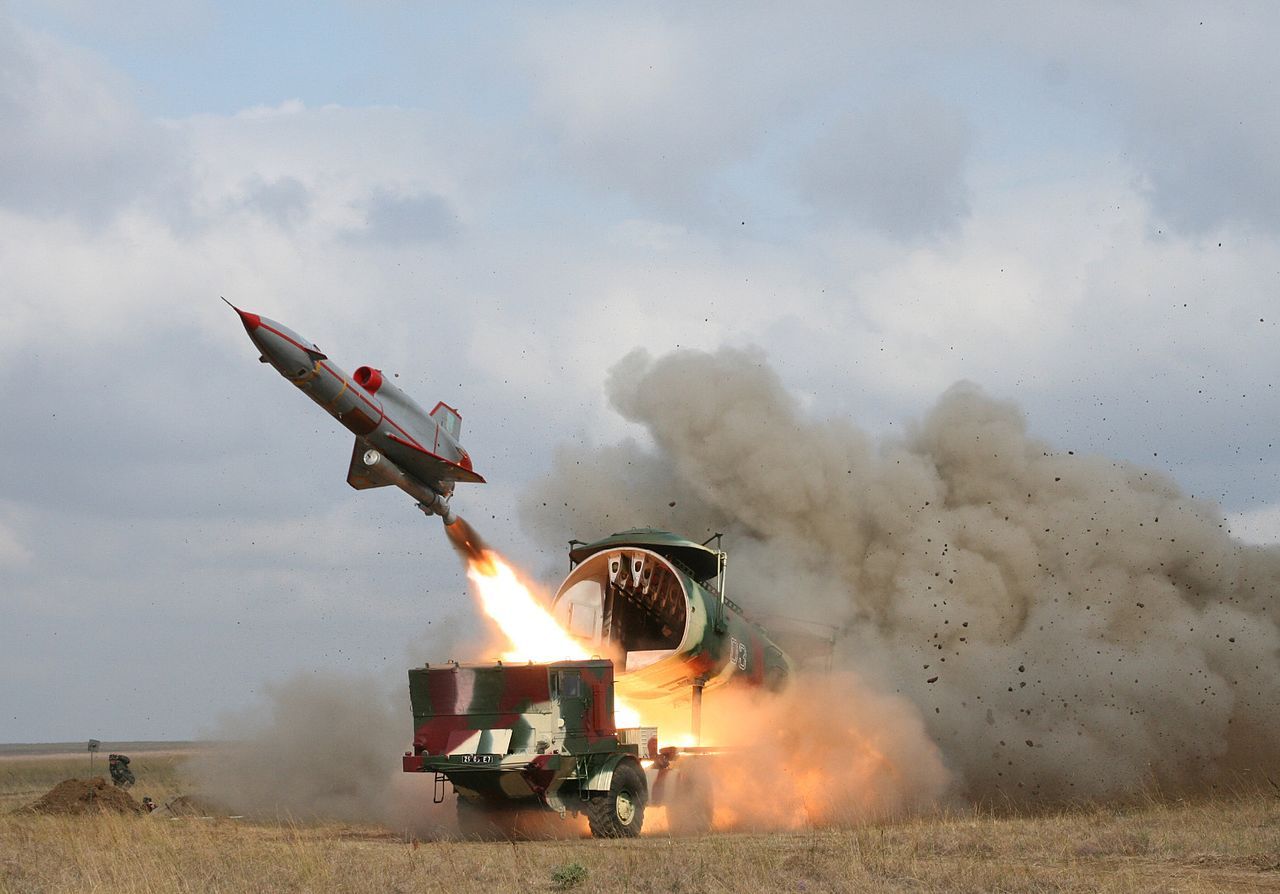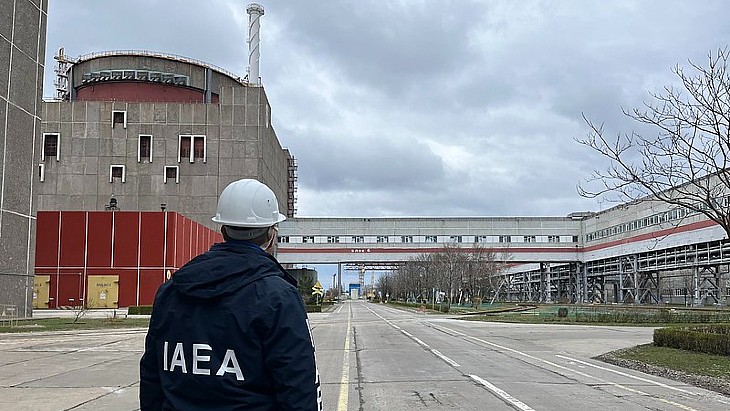Amid concerns about Ukrainian drones targeting Russian nuclear plants, a Russian military expert has highlighted the invincibility of local nuclear power plant reactors against drones operated by the Armed Forces of Ukraine.
On May 1, a retired military expert Colonel Mykhailo Tymoshenko stated that Ukrainian military drones could not damage Russian nuclear power plant reactors.
In a recent interview, the expert emphasized that while drones could cause damage to some regions of the plant, such as the turbine and electric generator shops, the reactor itself is impervious to such attacks.
The expert explained that nuclear reactors are built to withstand the impact of a plane during construction. The design of the reactors takes into account the potential for catastrophic events, such as airplane crashes or natural disasters.
This strength means that even if a drone were to hit the plant, it would not cause any damage to the reactor. Tymoshenko further pointed out that the goal of Ukrainian militants was not to strike at the reactor but rather to intimidate the Russian public.
The expert’s comments come as tensions between Russia and Ukraine escalate unabated. Both countries have been employing drones to carry out surveillance and attacks on military targets.

In recent months, numerous reports of drone strikes and unexplained explosions have occurred in Russia.
Recently, Russian media reported that the Ukrainian Armed Forces attempted to attack the Kursk nuclear power plant located in the city of Kurchatov with a drone. The unmanned aerial vehicle, however, was quickly intercepted and neutralized by Russian air defenses.
In addition to the attempted drone attack on the Kursk nuclear power plant, Ukrainian forces have been actively trying to recapture the Zaporizhzhia Nuclear Power Plant (ZNPP), which was seized by Russian military forces a year ago.
In early April, the Russian military alleged that a Ukrainian suicide drone reportedly crashed near the Zaporizhzhia nuclear power plant. The International Atomic Energy Agency (IAEA) employees are currently present at the Zaporizhzhia nuclear power plant.
According to Russian military officials, the Polish-made unmanned aerial vehicle (UAV), weighing more than two kilograms, was likely to target the ZNPP infrastructure. However, the UAV crashed before it could reach its target.
Furthermore, reports indicate that Ukrainian troops have completed preparations for a counteroffensive in the Zaporizhzhia Region, having gathered military personnel, armored vehicles, and ammunition in this direction.
Zaporizhzhia Nuclear Power Plant
Zaporizhzhia Nuclear Power Plant, Europe’s largest nuclear power facility in terms of capacity and number of units, has been under the control of Russia since last year.
In March 2022, the Zaporizhzhia Nuclear Power Plant was captured by Russian forces, who fired on the facility multiple times, converting it into an army base.
The captured power plant has been heavily militarized, with military vehicles and ammunition parked inside its machinery rooms.
The plant currently operates with just one functioning power line for off-site power, as its backup line remains out of service.
The International Atomic Energy Agency (IAEA) team, which has been supervising the plant since September 2022, has been unable to access the nearby thermal power plant that previously provided backup power to the nuclear facility.

The head of Rosatom, a state nuclear corporation, Alexei Likhachev, and the Director General of the International Atomic Energy Agency (IAEA), Rafael Grossi, discussed the situation at the Zaporizhzhia Nuclear Power Plant (ZNPP) on April 27.
Grossi called on the international community to prevent a potential catastrophe at the plant and emphasized the importance of creating a safety zone around the ZNPP by the end of 2023 to mitigate the growing risk of an emergency.
The power plant has been subject to shelling by Ukrainian troops, prompting concerns about its safety.
On April 21, the IAEA expressed concern about the situation near the ZNPP due to daily shelling. That same day, Russian soldiers allegedly destroyed over 70 Ukrainian drones with anti-drone guns.
Despite efforts to ensure the plant’s safety, Russian Foreign Ministry spokesperson Maria Zakharova said that creating a safety zone around the ZNPP has been challenging.
Yet, Ukrainian forces have continued their efforts to recapture the ZNPP, with recent reports of a Ukrainian suicide drone crashing near the plant.
Nevertheless, the potential for a catastrophic incident at the plant and the broader implications of a conflict involving a nuclear facility have alarmed nations worldwide.
- Contact the author at ashishmichel(at)gmail.com
- Follow EurAsian Times on Google News




